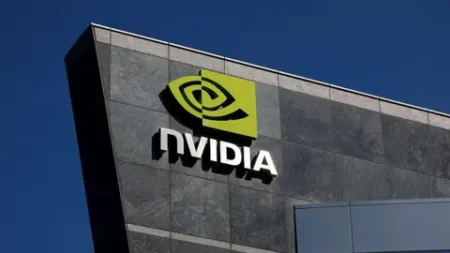In a recent revelation, Google has acknowledged that its earthquake early warning system failed to deliver timely and effective alerts during the catastrophic earthquakes that struck Turkey on February 6, 2023. This malfunction has raised significant concerns, especially considering that approximately 10 million residents situated within a 98-mile radius of the epicenter could have benefited from the highest level alerts, potentially providing them with up to 35 seconds of crucial warning to seek safety before the tremors hit. Instead, the system only dispatched 469 alerts classified as “Take Action” warnings, which are intended for severe earthquakes.
The discrepancies in the alert system’s operation are stark. While a substantial number of residents, about half a million, received a lower-level warning that merely indicated “light shaking,” this notification did not carry the same urgency or visibility that a more serious alert would have. Google’s response suggested that it had previously claimed to the BBC that the system had “performed well,” which now seems incompatible with the reality of the situation.
This early warning system, known as Android Earthquake Alerts (AEA), is designed to operate across nearly 100 countries, acting as a safety net in regions where no other warning mechanisms are available. However, it is worth noting that the functionality of this system is directly managed by Google, rather than individual nations. This has prompted some experts to express their concerns, particularly regarding the reliance on technology that operates without thorough validation against significant seismic events.
The earthquakes in Turkey led to catastrophic human tolls, with over 55,000 fatalities and more than 100,000 people injured due to collapsing buildings. Many victims were asleep in their homes when the earthquakes struck, compounding the tragedy. Google maintained that its early warning technology was active during the quakes; however, it miscalculated the intensity of the seismic activity, significantly underestimating the events.
In the aftermath of the earthquakes, Google has committed to refining its alert systems based on the lessons learned from this experience. The technology at its disposal uses the motion detected from countless Android devices to identify shaking and generates warnings accordingly. When a substantial geological event occurs, this allows for real-time alerts to be sent; however, challenges in calibrating the algorithms for large magnitude incidents persist.
Post-event analyses revealed that the warning system had pegged the initial earthquake’s magnitude at between 4.5 and 4.9, rather than the actual figure of 7.8. Following the event, Google reconfigured its algorithms, and subsequent simulations illustrated that the revised system could issue around 10 million “Take Action” alerts to those at risk and an additional 67 million “Be Aware” alerts to individuals farther from the epicenter.
Experts, including Elizabeth Reddy, an assistant professor at Colorado School of Mines, have highlighted their frustration with the protracted timeline it took for Google to rectify the warning system, especially given the significant loss of life involved. The need for transparency in technology operations during critical incidents is emphasized, reinforcing the importance of ensuring the systems are reliable and effective for public safety.
Many in the scientific community worry that governments might overly depend on unproven technological solutions. Harold Tobin, director of the Pacific Northwest Seismic Network, expressed the necessity for clarity regarding the efficiency and efficacy of such systems. The repeated call for well-supported data from Google illustrates the underlying concern that nations might dismiss traditional warning systems, thinking that if a tech company like Google is handling it, they might not need their own measures.
Google’s operations in this sector are framed as supplemental, rather than a replacement for governmental systems, but as seen during the Turkish earthquakes, the vital implementation and effectiveness of such technologies must be assessed rigorously. The company continues to expand its alert system to cover more regions, but the evident need for ongoing improvements and refinement highlights the complex challenges associated with earthquake forecasting and public safety.











